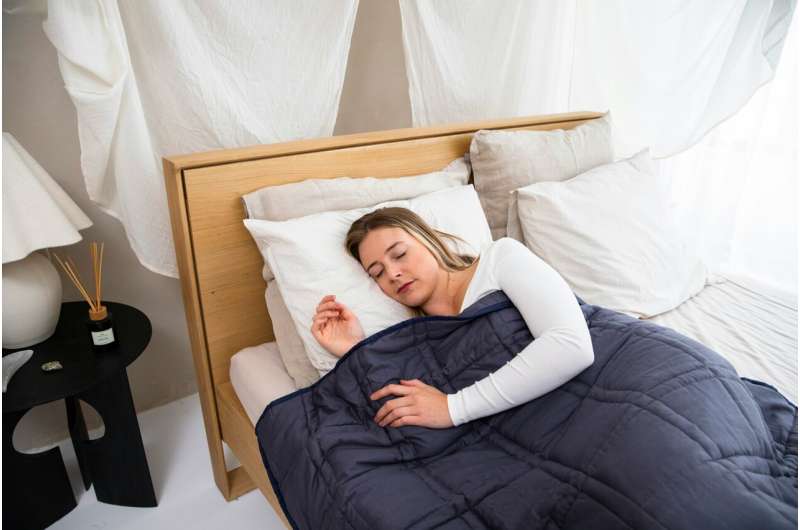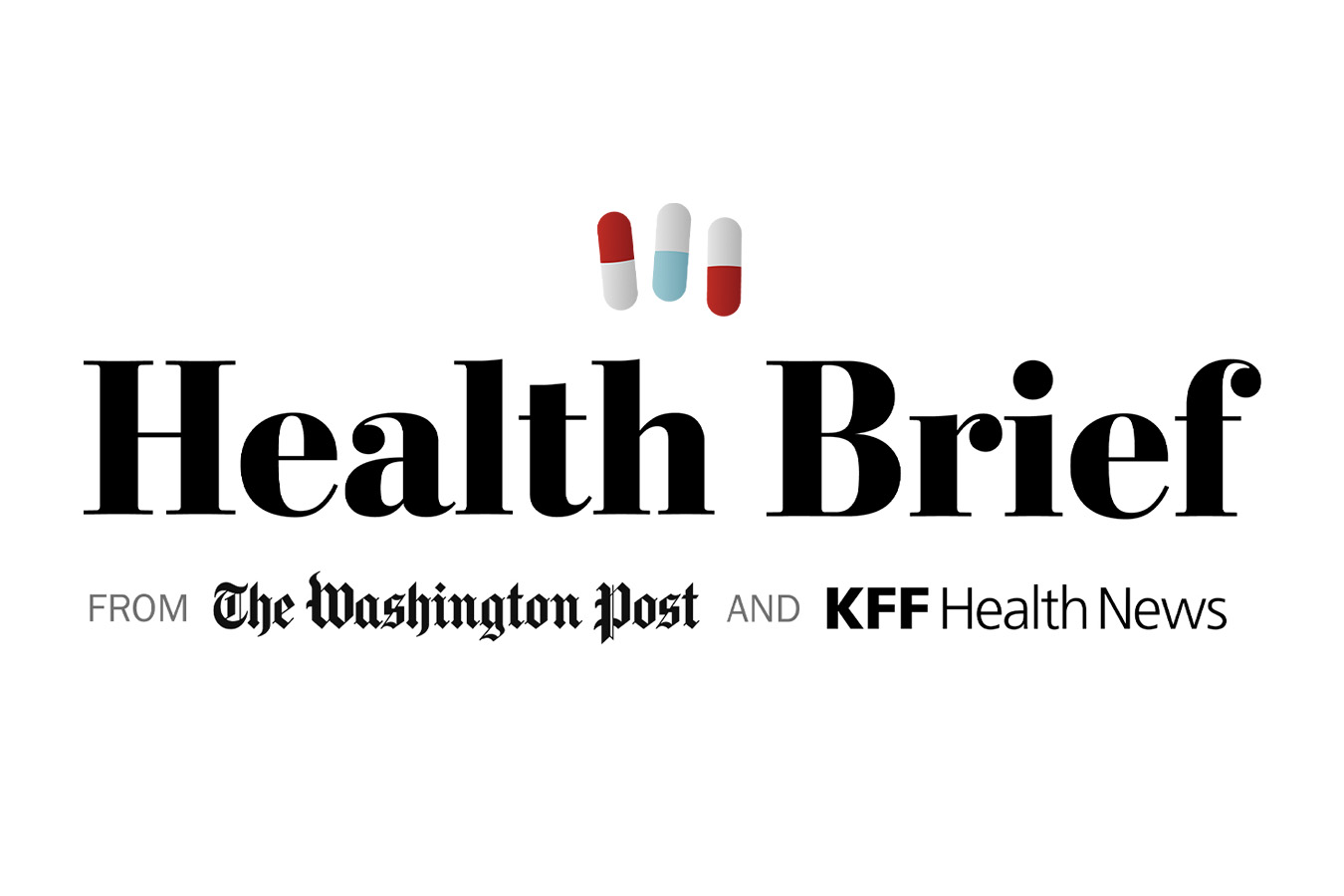
Smart wearables and advanced data analysis by researchers could help bring relief to millions affected by sleep disorders.
Clare Williams was in her early 30s when she received an unexpected diagnosis: obstructive sleep apnea (OSA), the most common sleep-related breathing disorder. Unlike the typical sufferer, she was young, petite and female. Those diagnosed with OSA are usually overweight, male and middle-aged.
“For a long time, doctors dismissed my symptoms because I didn’t fit the profile and they didn’t understand how seriously unwell my disrupted nights were making me,” she said.
Sleepless solutions
Dr. Erna Sif Arnardottir, a sleep expert with 20 years of experience in the field, is dedicated to finding ways for patients like Williams to be identified earlier and for their OSA to be treated more effectively.
“The problem is that sleep is quite a new medical field and, compared to other fields, it’s not always taken very seriously,” she said. “Medical doctors typically get two to four hours of education on sleep, so if they want to know more, they have to seek further learning after their formal education.”
Yet sleep disorders can have a disproportionate impact on a person’s life. OSA affects an estimated 175 million Europeans and is associated with many negative health consequences, including an increased risk of diabetes and heart disease, and chronic daytime sleepiness, which can affect a person’s ability to function well in daily life.
Arnardottir questions how seriously doctors take sleep disorders currently. “Their approach is quite varied, and we’d like that to change,” she said.
Arnardottir is the principal investigator of SLEEP REVOLUTION, a four-year international research project. Due to end in 2025, this project involves 39 partner institutions and companies in Europe and Australia, including the European Sleep Research Society and the European Sleep Apnea Database (ESADA). Its aim is to revolutionize the diagnosis and treatment of OSA.
As a biomedical scientist, Arnardottir is a firm believer in harnessing the power of new technologies and artificial intelligence (AI) to solve this intractable medical problem.
“Our aim is to use AI to assess the severity of sleep apnea and tailor treatment to every patient,” said Arnardottir, who is the director of the Reykjavik University Sleep Institute and the secretary of the European Sleep Research Society.
Gasping for air
OSA is considered moderate when a person experiences more than 15 breathing stops or reduced breathing periods per night and severe when they have an episode every other minute or more. The gaps in breathing that are the hallmark of the condition—caused by collapsed or blocked throat passages—are followed by loud gasps, choking sounds and snoring as airflow resumes.
“I’d get up in the morning with a sore throat and headache, and I’d be exhausted—some days I’d literally fall asleep on my feet,” said Williams.
This exhaustion is understandable. With each episode of OSA, a person wakes briefly, typically without remembering it, resulting in a huge loss in the quality and depth of their slumber.
Usually, the person is unaware that they’ve surfaced from sleep—again and again—which is why years can pass before they seek medical help. And when they do, much time often passes before they are seen at a specialized sleep clinic.
“There are long waiting lists for sleep clinics—up to two years in some hospitals—which is unacceptable given how serious sleep apnea can be,” said Arnardottir.
Home goal
The team behind SLEEP REVOLUTION hope to accelerate diagnosis by using technology to bring more advanced sleep tests out of the clinic and into people’s homes. This will make them easier and more cost-effective and should make the wait for a sleep assessment shorter.
“Today’s sleep clinics are working as if we were still using paper recordings, basically just counting the number of times a person stops breathing,” said Arnardottir. This is used as the index for OSA severity without looking at the physiological effects of these stops, such as fragmented sleep, lower blood oxygen levels and stress on the cardiovascular system. According to her, this index alone does not take enough account of the symptoms of OSA sufferers and needs to be updated.
The SLEEP REVOLUTION team are testing the use of a self-administered sleep monitoring device to be worn by the patient at home. Over three nights, this device gathers sleep data which is fed to medical practitioners. From afar, they can assess the patient’s condition along with the risk posed to long-term health.
“The data provided by this device, as well as by an app and wearable wristband worn for longer periods, will be predictive of a person’s individual risk of developing disease,” said Arnardottir. “Our belief is that sleep apnea isn’t equally dangerous for everyone—it’s the most at-risk people we need to find fast and prioritize for treatment.”
One thousand patients with suspected OSA from around Europe are currently being assessed, both in clinics and at home, using the team’s equipment.
The processes were tested first in Iceland with pilot patients who used the app and smart wearables for three months. Everything was then translated into 15 different languages for testing across Europe, from Sweden to Romania, Greece, Turkey, Norway and Estonia. All the data collected is stored on a central server based in Iceland where it is made available for project partners to work with.
Moving the diagnosis from the hospital to the home opens up the possibility of a multi-night diagnosis, which is too expensive to do in a hospital setting. This makes it possible to detect changes in OSA severity and sleep quality on different nights and observe people’s more natural sleep at home.
Improving treatment
Williams, aged 50, now knows the cause of her apnea—a rare inherited genetic disorder called Ehlers-Danlos syndrome which makes her prone to the condition—and follows a treatment protocol that keeps her in good health.
She uses a Continuous Positive Airway Pressure (CPAP) machine at night to prevent interruptions in her breathing. This shoebox-sized machine delivers a steady flow of air through a face mask, but it’s not without its downsides: it’s cumbersome to carry and the mask can become too loose, slip off and leak air noisily.
As patient coordinator of the European Lung Foundation—an organization that aims to improve lung health by encouraging doctors to work more closely with patients—she’s aware that many apnea patients dislike the CPAP machine and some even choose to sleep without it, further risking their health.
Lifestyle changes
Lifestyle interventions are another part of the research team’s strategy to help people lower the severity of their OSA, as there’s a strong correlation between obesity and sleep apnea. “We want people to be getting a more personalized medical experience,” said Arnardottir.
In a set of experiments, groups of OSA patients are receiving instructions from either a sports expert, or the SLEEP REVOLUTION app, aimed at strengthening their muscles, including those of the mouth and throat. They also receive nutritional advice as excess weight can cause a narrowing of the airways.
It’s expected that interventions found to reduce symptoms and OSA severity will be shared with medical doctors to help them spot and treat OSA more quickly.
“The sad fact is that people who end up getting treated have often had sleep apnea for years and years,” said Arnardottir. “It would be far better to catch people early.”
Citation:
Smarter sleep—new technologies speed up diagnosis and treatment of sleep apnea (2024, August 16)
retrieved 5 September 2024
from https://medicalxpress.com/news/2024-08-smarter-technologies-diagnosis-treatment-apnea.html
This document is subject to copyright. Apart from any fair dealing for the purpose of private study or research, no
part may be reproduced without the written permission. The content is provided for information purposes only.


